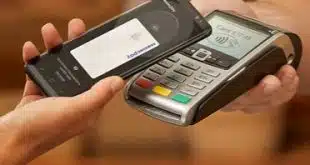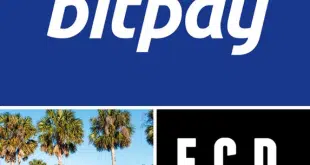The Fed hesitates and the networks hold on to power, but technology breaks through. The efficiency and convenience of digital money are slowly but surely making it the currency you stuff your wallet with.
While pure, airy cryptocurrencies without a central mint are still very much fringe money, the deeper concept of digital money is taking hold. For decades now, most of the money has been value-digital (computer expressed, not physically minted), but identity-missing. One hundred dollars is an expression of value, not of an identity. With proper digital money, the bit string expresses both value and identity. And so there is wood to hammer cryptographic nails into, to build that money to fit any intended purpose one may imagine.
That is the governing philosophy of BitMint. And while government is still “studying” this revolution, big business moves in, waiting for no one, and goes forward. Big banks and big merchants announce, and prepare to offer the public, their branded dollars. This is a revolution that has not yet been recognized for what it is.
The U.S. dollar goes viral. Why? Because of universal trust in the U.S. government—trust that extends worldwide. The dollar is the world currency. Now big business, entities like Facebook, Amazon, and JPMorgan, cannot claim that level of trust, but they do claim quite a bit of gravitas (look at the stock market).
This public trust is now leveraged to mint corporate money. A certified document that says that a trusted big business will pay against that document $1,000 would be a negotiable instrument of value. The same is true if, instead of pulp and paper, the document comprises bits and bytes and the certification is not in a form of a dripping red stamp, but a modern cryptographic signature.
If the brand is trusted, its IOUs are trusted, and hence are a form of payable currency. While the government “looks into this matter,” big business competes on security, convenience, efficiency, versatility, and on being as frictionless as possible for both humanly involved payments and for transfers of value based on artificial intelligence and the Internet of Things.
Loyalty money is turning upside down. It used to be elaborate, complicated, even whimsical. “Air miles” are in one way a cash equivalent, but in practice they are engulfed in a maze of use restrictions and trade confusion. The new way is to turn loyalty money into almost a cash equivalent, like a gift card—that is, having a clear cash value to be used anywhere cash is welcome.
And the biggest step ahead is to render loyalty money into a cash-redeemable instrument, so that it can be used as payment to a recipient who does not shop with the branded store. Think about it. As long as the cost of cash redemption is competitive with the interchange fee that a merchant pays the banks, then the merchant will encourage its customers to pay with branded dollars from another store.
We expect to see coalition-branded dollars. This is digital money that works within several complementary merchants (for example, airlines, taxis, hotels). It’s also branded city dollars that are designed to promote local business and digital dollars issued by malls and shopping centers.
Digital money can be tethered to any purpose (see my book, “Tethered Money”). This option unleashes a host of payment options. The Fed will be transformed once it realizes that if it pays with digital money it can control the money’s disposition after the payment takes place. It will then grab this power head on. But right now, business leads the way.




